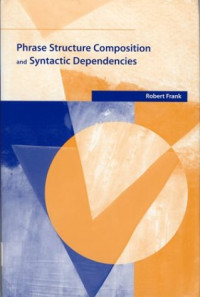
Reconstruction Effects in Relative Clauses
Manfred Krifka (editor), Mathias Schenner (editor)Reconstruction effects in relative clauses are a class of phenomena where the external head of the relative clause seems to behave as if it occupied a position within the relative clause, as far as some commonly accepted principle of grammar is concerned.
An often cited type of example is “The [relative of his] [which every man admires most] is his mother.”, where the pronoun “his” in the relative head appears to be bound by the quantified noun phrase “every man” in the relative clause – although the latter does not c-command the former, which is commonly required for binding.
Several solutions have been developed in various theoretical frameworks. One interesting aspect about reconstruction effects in relative clauses is that they can be used as a benchmark for competing theories of grammar: Which architecture of the syntax-semantics interface can provide the most satisfying explanation for these phenomena? This volume brings together researchers working in different frameworks but looking at the same set of empirical facts, enabling the reader to develop their own perspective on the perfect tradeoff between syntax and semantics in a theory of grammar.
 Amazon
Amazon  Barnes & Noble
Barnes & Noble  Bookshop.org
Bookshop.org  File converter
File converter More search results
More search results More benefits
More benefits 













